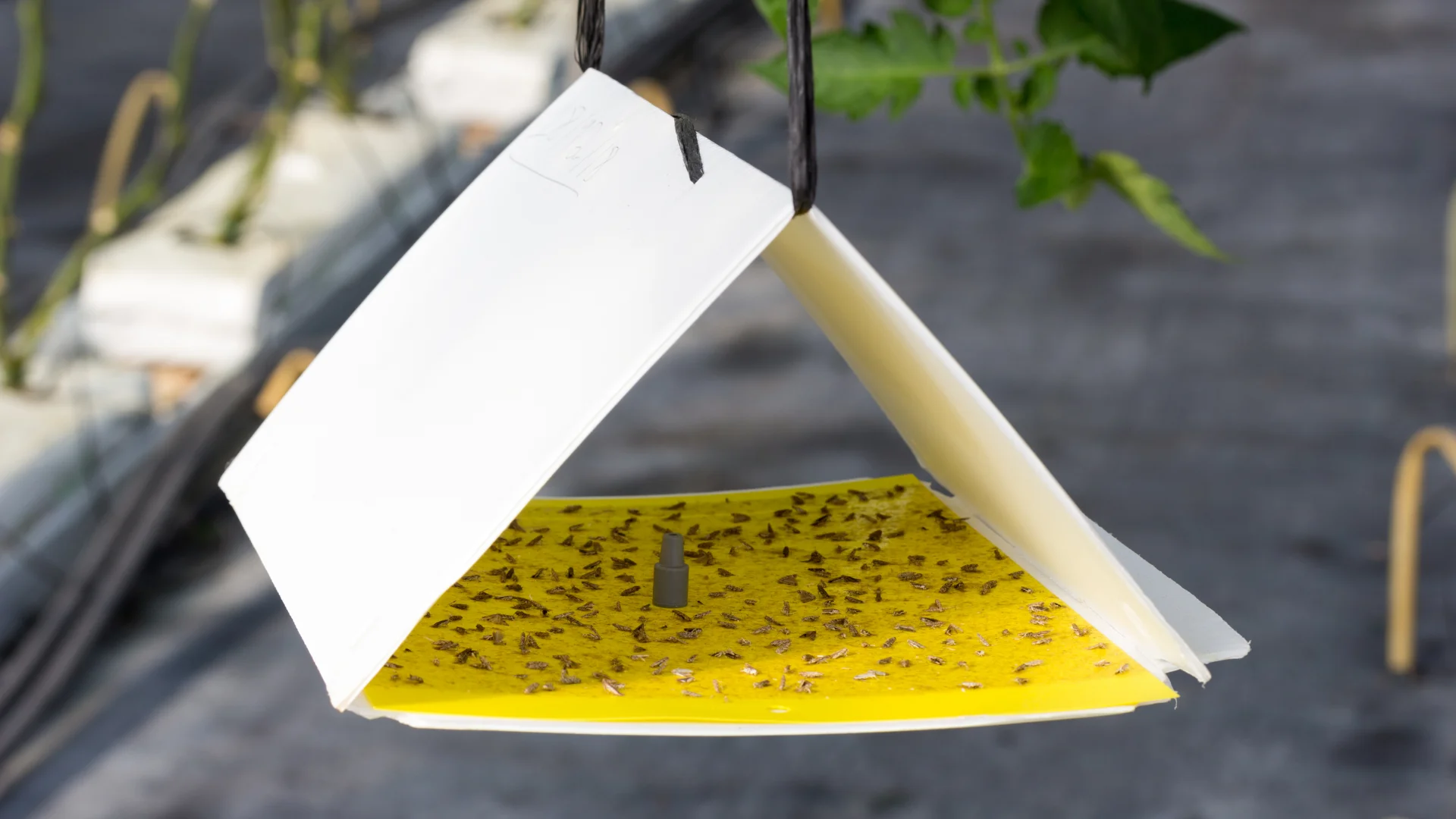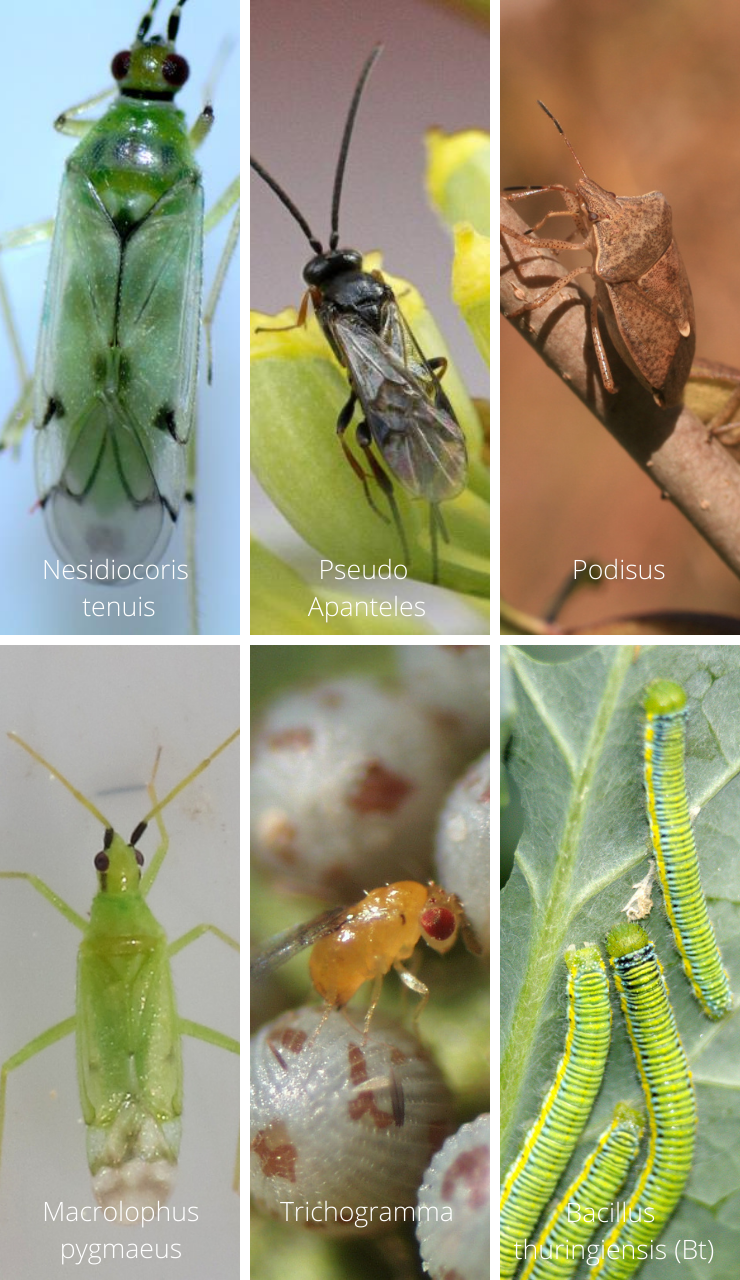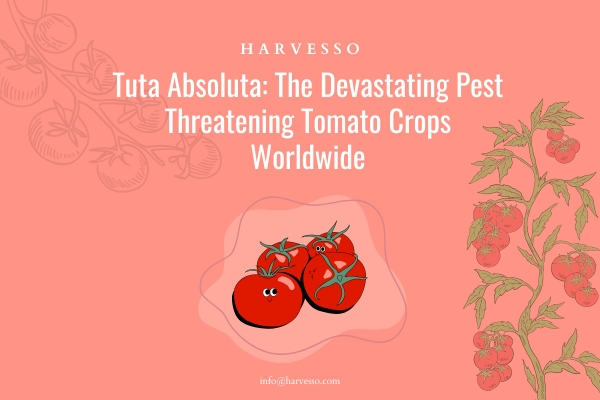
Tuta Absoluta: The Devastating Pest Threatening Tomato Crops Worldwide
Tuta absoluta or tomato miner moth is one of the most dangerous pests for tomatoes. This pest is found in both greenhouses and open fields. In addition to tomatoes, it can damage plants such as eggplants, peppers, potatoes, tobacco, etc. Tuta could cause great damage to plants at absolutely all stages of life. It could destroy 60-100 percent of the product.
What Is Tuta Absoluta And A Brief History
The pest expands its area by transporting tools and materials used in plant and fruit planting to other places. The pest, which evolved in South America, spread rapidly to Southern Europe and North Africa after its first detection in Spain in 2006. After that, tuta absoluta, which was found in Turkey (2009), spread to the Middle East and became one of the main threats to world tomato production. The spread to African countries began in Egypt, which covered a vast area. South and Southeast Asia are already fighting the pest.
The spread of tuta absoluta in Europe, Africa, and Asia caused extensive economic losses. The possible loss of 100 percent of the crop, rising tomato prices, bans on the sale of tomatoes and their seedlings, increasing the use of synthetic pesticides, and increasing plant protection costs are just some of the damages caused by this pest. One of the biggest examples of economic damage is that the pest causes an amount of 13 billion in annual crop loss in Africa (sub-Saharan Africa).
Biological Description
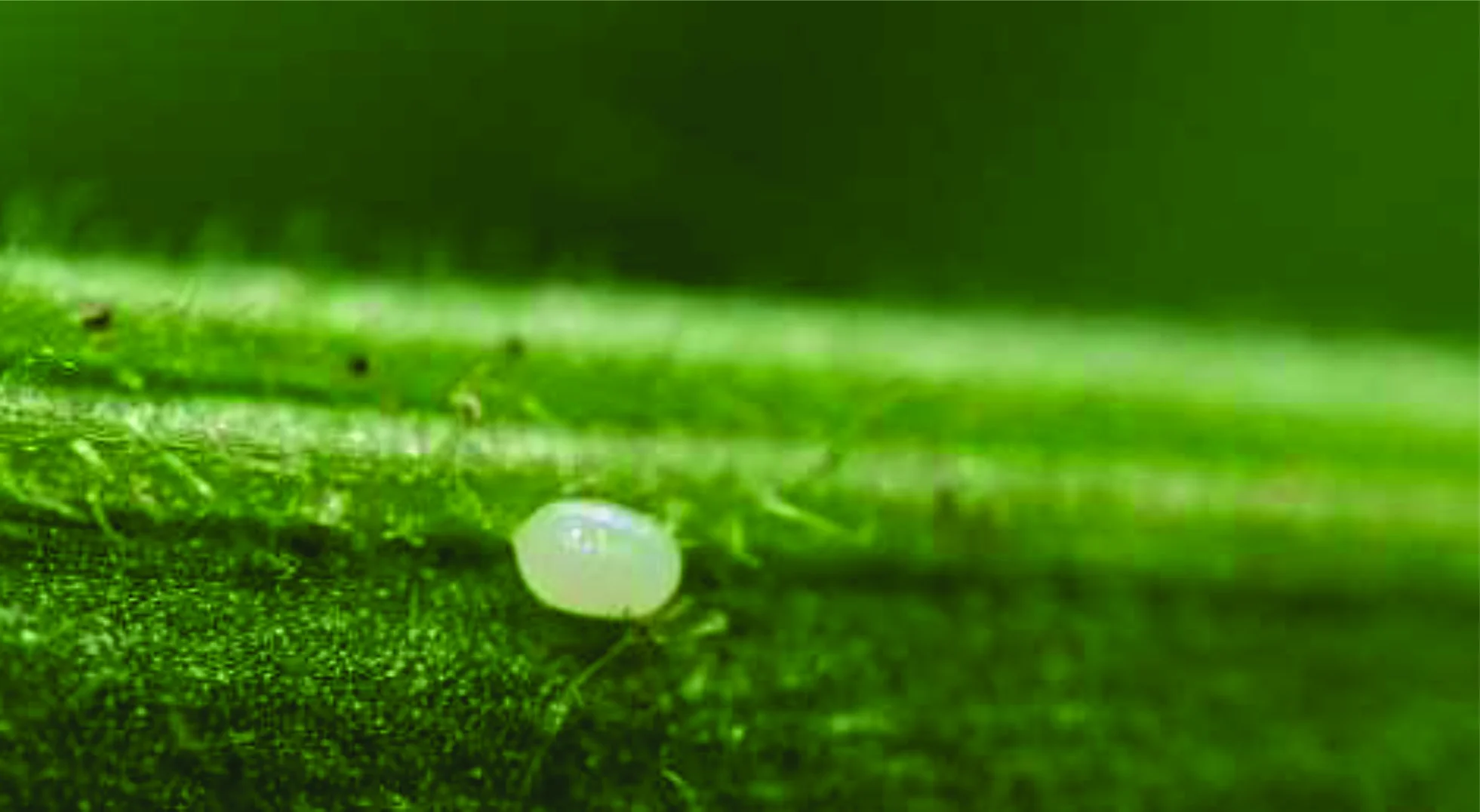
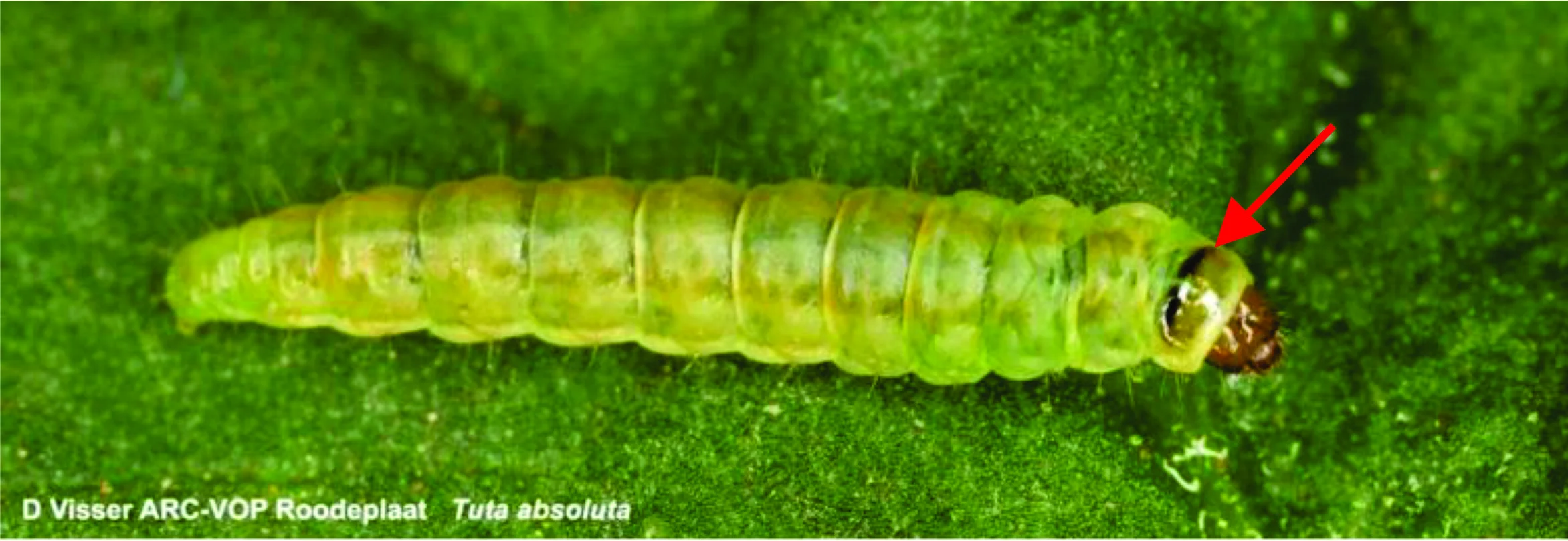
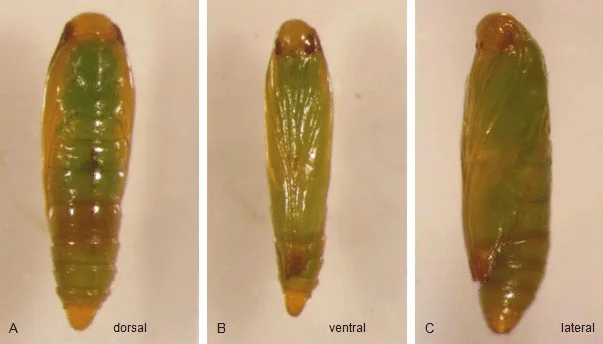
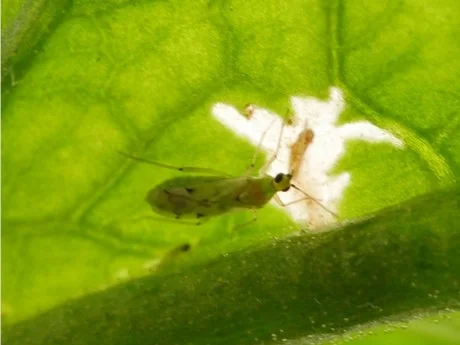
DAMAGES
Tomatoes can be attacked by this pest at all stages of development. These situations can result in the loss of the entire product if not managed properly. Tuta absolute damages the leaves, stems, flowers, hill shoots, green, and ripe fruits of the plant. The larvae open crooked paths in the mentioned parts. Initially, the larvae that feed between the leaf epidermis have necrotic spots. Then it enters the fruit and begins to feed on it, starting to damage the fruit.
The larvae of the pest create spots by mining the leaves. One and two-year-old larvae feed on leaf mesophylls and open spot-like sewers on the leaves. This causes the leaf to dry out. Various infections weaken the photosynthetic activity of the plant, which weakens the plant.
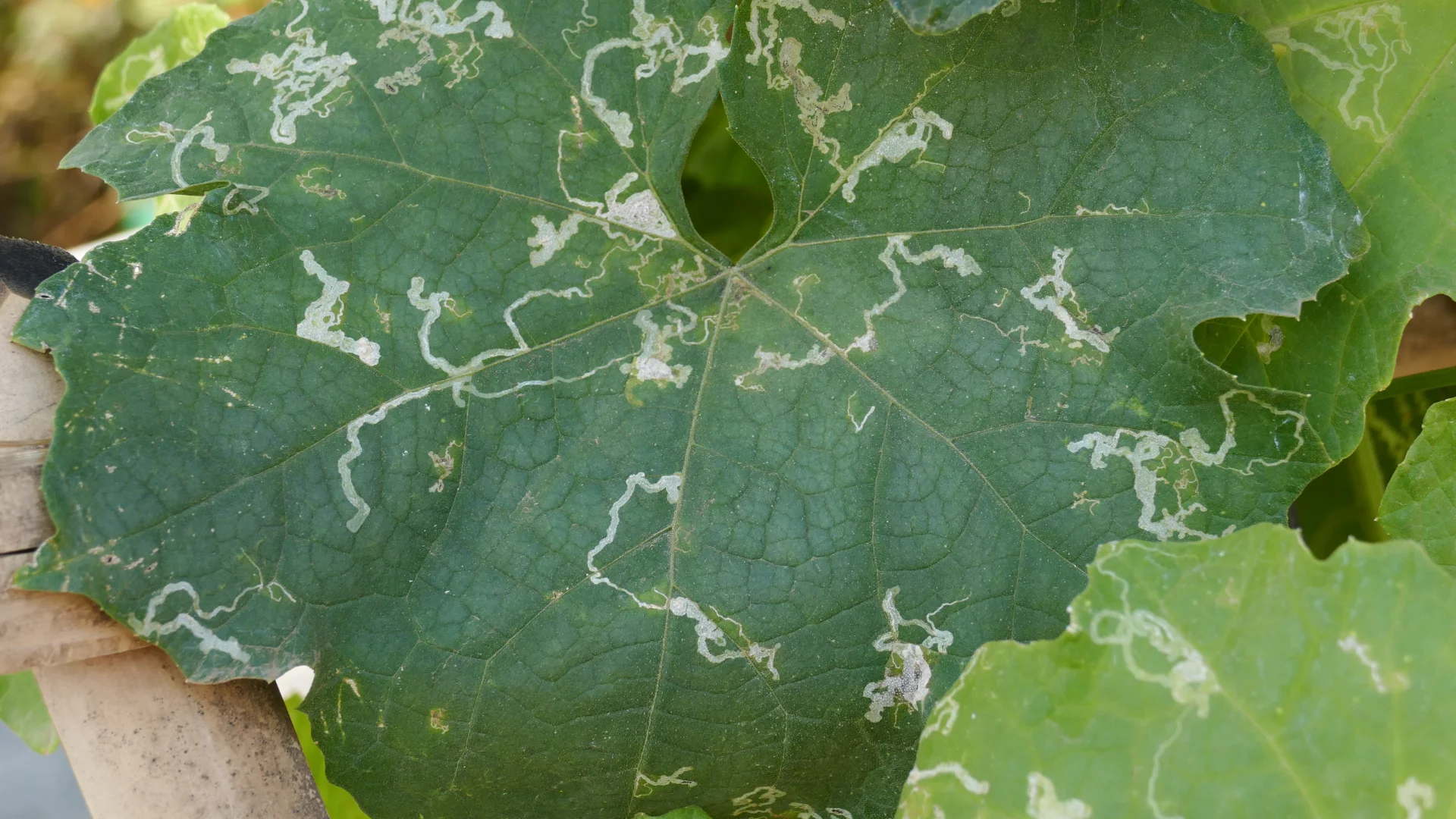
In plants, holes are formed where larvae enter and exit. Also, there are abnormal fruit forms. These holes and dried pest secretion (a fine powdery material that plant-eating insects pass as waste after digesting plant parts) are the main characteristics of moths. Finally, the crooked pathways opened by tuta absoluta in the fruit result in pathogens entering and rotting the fruit.
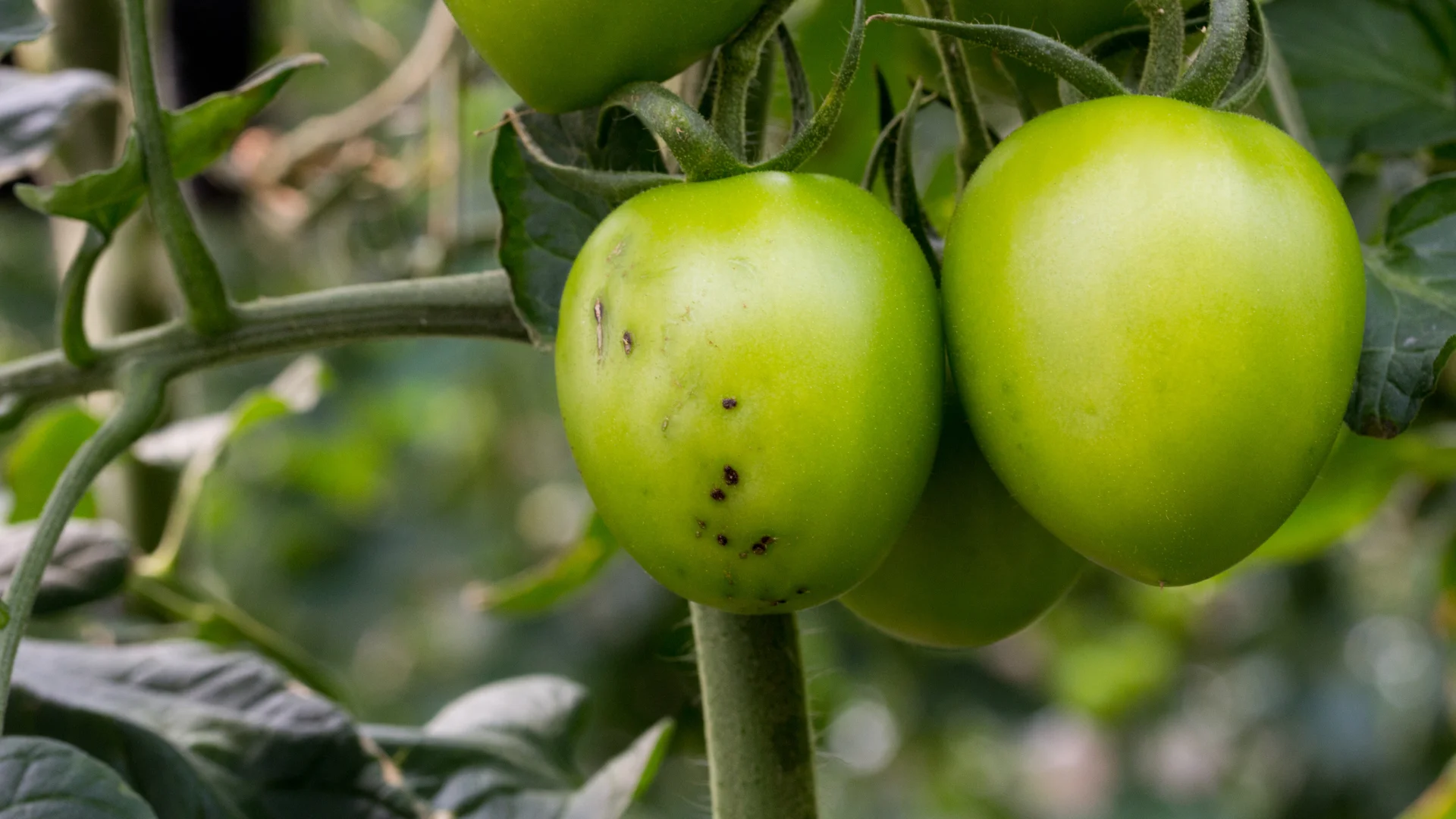
Recommendations For Control
As the weather warms, there is an increase in the number of all pests. Farmers could face huge financial losses if they do not take precautionary measures. Holds at a temperature of 25-30 degrees, gives an absolute 10-12 generations per year. This fact is enough to understand how fast the pest spreads. Therefore, the fight against it must be very fast and effective. If 3 out of 100 plants have eggs or tablecloths, immediate countermeasures should be taken. Tuta can be fought with absolute, environmental, mechanical, biological, and chemical control methods.
